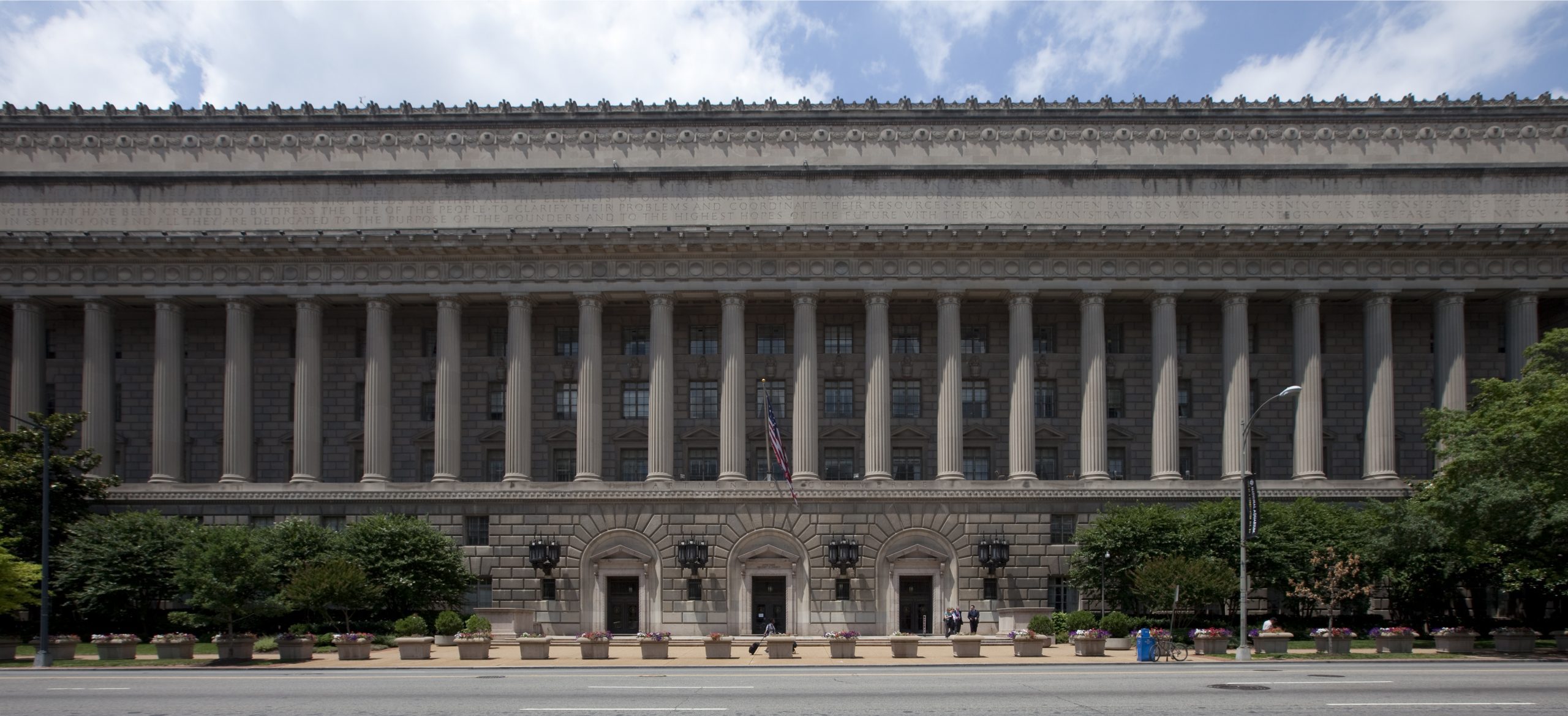Trump’s Classical Architecture Executive Order

Yesterday, President Trump signed a long-mulled executive order mandating that new federal architecture be “beautiful.” The text of the executive order describes classical architecture as encompassing “such styles as Neoclassical, Georgian, Federal, Greek Revival, Beaux-Arts, and Art Deco.” (Of course, there was a time when Art Deco was seen as a modernist imposter.)
The order has attracted scorn from many corners, and praise from others. Like Trump’s comments on “suburban housewives” from earlier this summer, the order has taken a relatively arcane issue and brought it into mainstream political discourse.
We’d like your thoughts. Here are some of my own.
The order has been compared to censorship, i.e. “regulation of art.” I think that’s a bit of a stretch; I’d say it’s more curmudgeonly than authoritarian. It’s also, possibly, more snobbish than populist, although classical styles do tend to be more preferred by the public. Still, the days of modernism as a showy, high-art movement have mostly given way to building at the lowest cost, with the cheapest materials, the most efficiently. And furthermore, while classical styles are often juxtaposed with brutalism, nobody has built true brutalism in long enough that brutalism itself is now become the object of nostalgia.
Whether or not the order is within democratic bounds, a more practical critique is that buildings don’t build themselves. Good architects, properly trained in a given style, generally need to work on a project or it will end up either a mangled attempt at a traditional style or a modernist building with a thin traditional “skin.” Such attempts are not likely to be “beautiful.” There are not many true classically trained architects practicing today. This may be an argument for producing more of them, but it may also be an argument against the president mandating such styles. Really, it’s both.
My final thought is that by wading into something esoteric like this, Trump will end up accelerating the concerning trend of almost every issue becoming part of the culture war. There are some critics of the executive order who have likely come down against it merely because Trump signed it, and trad Twitter accounts seem to like it. Likewise, people who have no love for or knowledge of classical architectural styles will decide that it’s a useful cudgel against “the left.” This kind of thing doesn’t bode well.
We should all want a beautiful public realm, and we should all be free to have different conceptions of what that means. Before we can demand any particular building style, perhaps we must again understand that there is such a thing as the public realm. Beautiful buildings and more broadly urban design enliven our civic and collective lives. But whether we can reverse-engineer civic comity through executive order is a different question.
What do you think?
This New Urbanism series is supported by the Richard H. Driehaus Foundation. Follow New Urbs on Twitter for a feed dedicated to TAC’s coverage of cities, urbanism, and place.
Comments